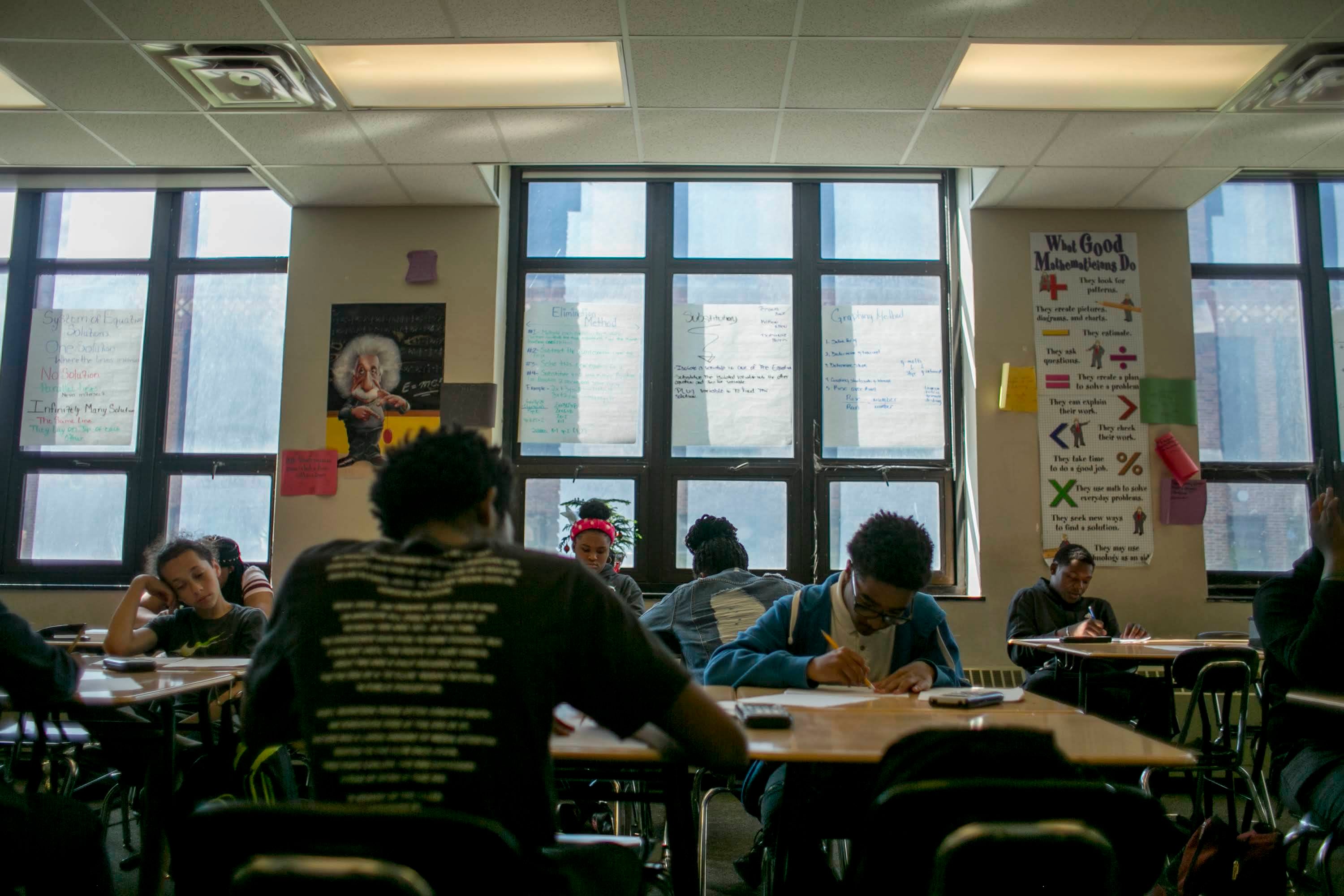Fifty-four school districts with 112 low-performing schools will get extra support through a Michigan turnaround program that has proven to be helpful to many districts. But each district’s share of the resources may be more limited than in the past.
That’s because state funding for the program remains at $6 million, the same as last year, when just 36 districts were in the program. Those districts entered the program between 2017 and 2019 in three separate cohorts. Districts move out of the program as their struggling schools meet performance goals or once they complete the three-year partnership program.
Some districts that completed the program will continue receiving support as other schools in those districts are flagged.
The increase in the number of so-called partnership districts is not a sign schools are performing worse, said Katharine Strunk, who studies the districts as director of the Education Policy Innovation Collaborative at Michigan State University. Rather, she said, it means that the lowest performing schools across the state are less concentrated. For example, the Detroit Public Schools Community District previously had 39 qualifying schools, but now has 21.
Detroit Superintendent Nikolai Vitti said his schools have been improving despite disruptions related to the pandemic over the last three years. He said he expects more academic growth now that those challenges have been mitigated.
Michigan created the Partnership District program in 2017 to meet requirements of the federal Every Student Succeeds Act, which requires states to identify and provide extra support to their lowest performing schools.
Districts become part of the program if any school within them has a four-year graduation rate of 67% or less, or scores in the bottom 5% on the state’s index accountability system, which rates districts on student performance, attendance, graduation rates, availability of career and college preparation courses, and more. (Vitti said he objects to the bottom-5% criterion for identifying low-performing schools, which will “always identify high-poverty schools”; he called for using lack of improvement as a standard instead.)
No districts entered the program in 2020 and 2021 because of pandemic-related disruptions to student testing used to identify districts that need help.
Partnership districts receive extra help from the Michigan Department of Education and from their local or regional educational service agencies. Liaisons from those agencies help districts set improvement goals and access resources to meet them.
Daveda Colbert, superintendent of the Wayne Regional Educational Service Agency, said her staff will help local district administrators use data to identify root causes of academic needs and then will develop plans to address them.
“Working together with the focus on improving student outcomes will help our identified schools make the necessary improvements to achieve success,” Colbert said in an email message to Chalkbeat and Bridge.
But the program’s finite resources and funding pool — the Legislature set aside $6 million — will now be stretched across 50% more districts than last year. That may make it harder for MDE and educational service agencies to help, Strunk said.
“The challenge about 54 districts is that it’s 54 different organizations with which to work,” she said.
Principals in the partnership districts use the extra money to improve technology, staffing, and teacher training, but they’ve said it isn’t enough.
State Superintendent Michael Rice agrees with them.
“What we’re experiencing is the consequence of underfunding Michigan public school students, educators, and education for many years, the resultant teacher shortage, and a once-in-a-century pandemic,” he said in a press release.
Strunk and other researchers at EPIC found that students in partnership districts made academic gains before the pandemic. Later, progress stalled, but students in partnership district schools still tested as well as or better than students in demographically similar schools that were not in the program.
The lowest performing students, in particular, benefited the most from resources provided to partnership districts, Strunk said.
School choice advocates prefer a different solution. They are pressing for passage of the Let MI Kids Learn plan, which would give tax breaks to people who contribute to voucher-like scholarships for students to attend private schools or obtain other private education services.
“Michigan’s public school bureaucracy has failed our kids,” said Beth DeShone, executive director of the Great Lakes Education Project, an advocacy group that supports the scholarship plan.
But the proposal’s prospects are dimming.
Let MI Kids Learn submitted signatures on petitions for a ballot issue earlier this year, but they weren’t in time to make the November ballot, and supporters hoped to have the plan enacted instead through a vote by the GOP-controlled Legislature.
But Republicans will lose control of both houses of the Legislature after the current legislative session, and the Bureau of Elections is unlikely to certify the petitions by then. Democrats largely oppose the scholarship proposal.
Editor’s note: December 6, 2022: This story was updated to add comment from Detroit Public Schools Community District Superintendent Nikolai Vitti.
Chalkbeat Detroit staff writer Koby Levin contributed. Tracie Mauriello covers state education policy for Chalkbeat Detroit and Bridge Michigan. Reach her at tmauriello@chalkbeat.org.





